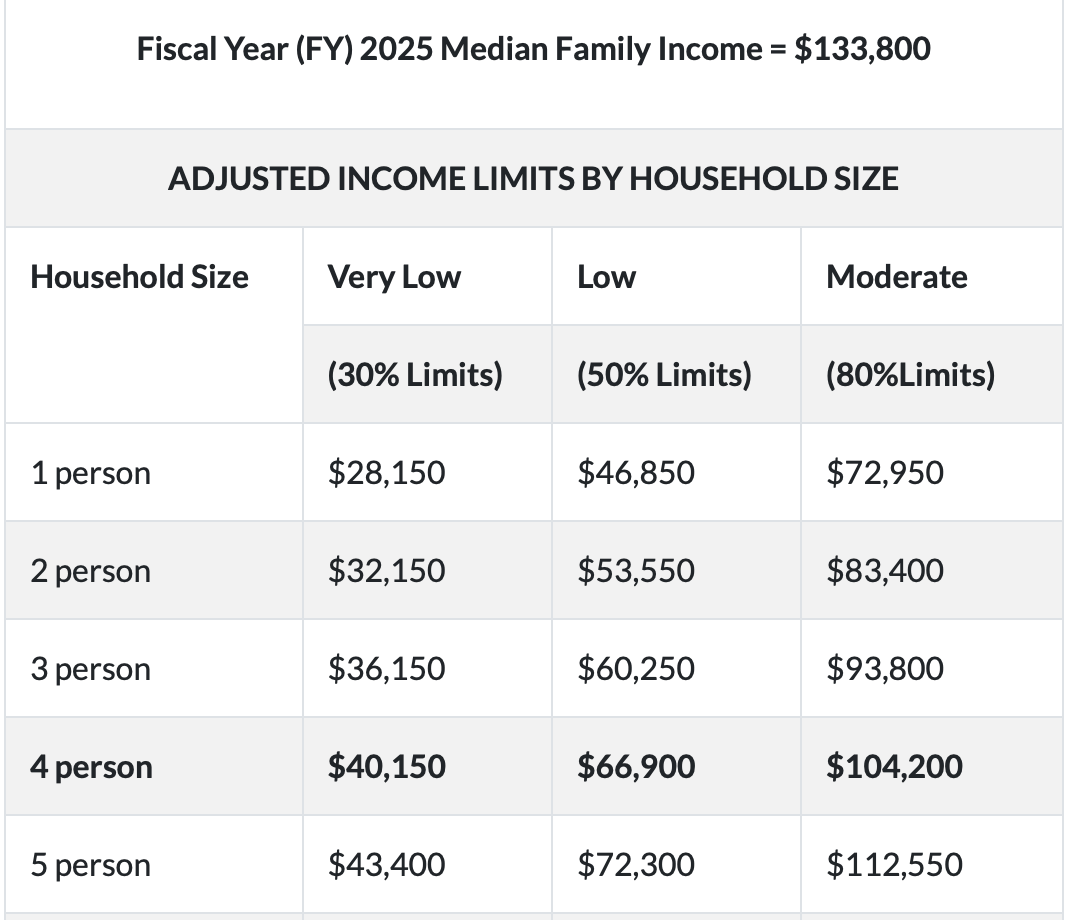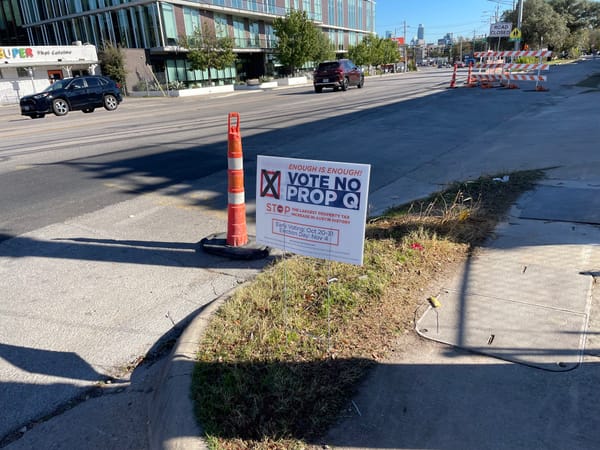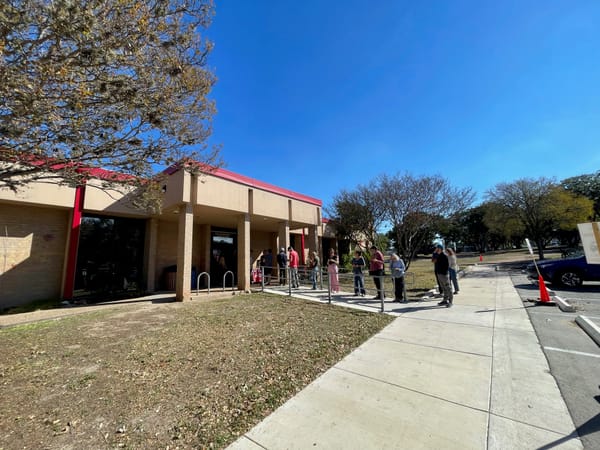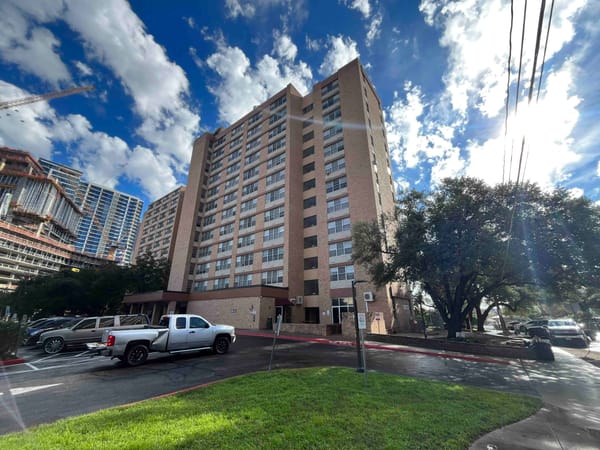What ADUs can & can't do
They're not an anti-displacement strategy.

A couple memos published by the Housing Department in the past week offer useful case studies in the tradeoffs to consider when we spend tax dollars on affordable housing.
Both memos were in response to City Council directives; Council asked city staff to explore some housing idea and come up with ways to implement it. And in both cases, I think Council is pursuing what Ezra Klein, co-author of Abundance, would describe as the "Everything Bagel" approach to policymaking. Personally I don't think the analogy works, since Everything Bagels work out fine. I think "hot sauce on a hot fudge sundae" better conveys the idea of trying to do too much.
Anyway, today I'm going to focus on the first one: Helping low/moderate income homeowners build ADUs. Tomorrow I'll focus on another that deals with creating affordable homeownership opportunities through community land trusts.
So, ADUs: The Council resolution asked staff to explore ways to help struggling homeowners build a second rent-generating unit on their property. This was pitched as an "anti-displacement" strategy. In theory a homeowner who is struggling to pay their monthly bill –– rising taxes, a drop in income –– may be able to stay in place if they're able to build a rental unit on their lot.
That is a tall order. Previous Council resolutions (there have been been at least three) had contemplated making it even taller by requiring the resulting ADU to be "affordable" to those at or below 60% of the area median income.
Staff diplomatically but unequivocally made clear that income-restricted ADUs would not be "financially feasible" for the property owner.
Awais Azhar, a member of the Planning Commission and executive director of HousingWorks, the affordable housing research and advocacy group, has followed the city's work on this issue. He agreed that the goal of creating new low-income housing is in tension with the goal of helping an existing low-income homeowner make money.
"The whole idea is to assist that homeowner not put another burden on them," he said. "We do not want to put them into some kind of bizarre burden of figuring out how to do an affordable rental."
If the ADU doesn't have to be income-restricted, staff said low-income homeowners (below 60% AMI) are still unlikely to build ADUs, even with substantial assistance from the city. The costs and risks involved with taking on any kind of construction project are simply too great.
The memo did leave the door open to helping those at or below 80% AMI, which these days is $73,000 for a single person or $104,000 for a family of four.

To help people between 60-80% AMI build a second unit, staff estimated an average grant size between $50-80,000.
But again, even with that assistance, taking on a construction project that can incur all kinds of unanticipated costs (especially with Austin's horrible code & permitting process) is a big risk for someone of modest means. It could end up putting them in a much deeper hole.
"We want to be innovative but we don't want to put people at risk," said Azhar.
If the city wants to help struggling homeowners, I think a better way to do it is to help them sell part of their lot to a developer, who will assume the costs and risks of construction. That is one of the great things about HOME –– it allows people to cash in on their home equity without having to move!
If somebody forwarded you this email, please consider subscribing to the newsletter by visiting the website.





